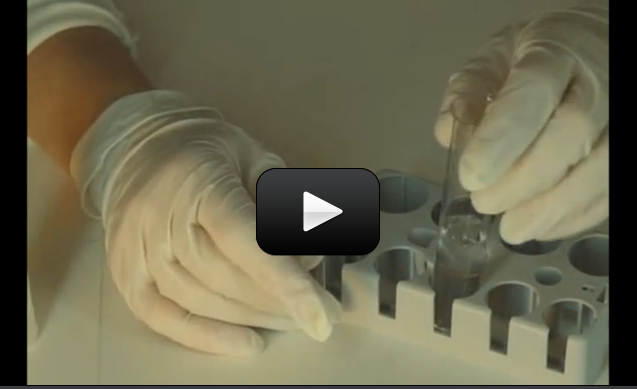Ammonia has been used by doctors, farmers, chemists, alchemists, weightlifters, and our families since Roman times. Doctors revive unconscious patients, farmers use it in fertilizer, alchemists tried to use it to make gold, weightlifters sniff it into their lungs to invigorate their respiratory system and clear their heads prior to lifting tremendous loads. At home, ammonia is used to clean up the ketchup you spilled on the floor and never cleaned up.
The ammonia molecule (NH3) is a colorless gas with a strong odor – it’s the smell of freshly cleaned floors and windows. Mom is not cleaning with straight ammonia (it’s gas at room temperature because it boils at -28oF, so the stuff she cleans with is actually ammonium hydroxide, a solution of ammonia and water). Ammonia is found when plans and animals decompose, and it’s also in rainwater, volcanoes, your kidneys (to neutralize excess acid), in the ocean, some fertilizers, in Jupiter’s lower cloud decks, and trace amounts are found in our own atmosphere (it’s lighter than air).
Please login or register to read the rest of this content.


Thanks a lot! The link really helped. And now I know what (II) and (III) mean.:)
Nate (8)
Oh dear. It looks like they have updated what’s included in the kit again. So sorry about that! It’s frustrating when manufacturers change what they include, especially when you count on them being consistent! You can find ammoumium chloride here inexpensively: https://www.homesciencetools.com/product/ammonium-chloride-30-g/ but I would also look over the chemistry unit you’re working on to see what else you’d like to do and then add that to your order while you’re at it.
To answer your other question, many elements and compounds can exist in more than one chemical form (called its “oxidation state”) and the (II) or (III) will signify which oxidation state it’s on. For example, the two most common forms of iron (Fe) are “Fe(II)” where the iron ion shares two of its electrons, and “Fe(III)” where the iron ion shares three electrons.
I got the Chem C1000 and I don’t seem to have ammonium chloride; I only have ammonium iron (III) sulfate (whatever the “(III)” means). Is it only in the Chem C3000?
Hi Sara,
There is a number of places to look in the reading material, but I just now realized that we don’t have a video that is dedicated to just balancing chemical equations and predicting the products. I will create a video for this and post it with the Unit 15 experiments… look for it later this week!
Aurora
We downloaded the exercises from the video. We don’t know how to do the answers to number 1 and number 4. Where do we need to look for instructions on how to get the answers to balancing equations, and predicting the products as asked in these 2 questions?
That happens when you’re not logged in right. Log OUT using the link at the page bottom, and then from the main homepage, log IN. Does that fix it?
When I try to watch the video, it says “video not found or access denied”. What is wrong?
– Holly Thomson